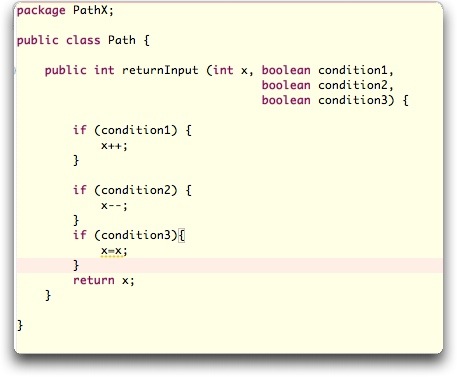The complexity of source code can be used to represent the operability of source code. Before we look into various different techniques to measure code complexity, lets briefly understand the operability of source code.
Operability is also one of the key characteristic of software quality requirements and evaluation standards (SQUARE).
What is Source Code Operability
The operability of source code can be defined in terms of ease of understandability and learn ability of the code. That, in turn, can represented in terms of how complex the code is, or, simply speaking, the code complexity. In another words, if the code is complex, it is difficult to understand & learn and hence operate, and vice versa. Thus, if we can measure the code complexity in some ways, we shall be able to relate the measurement with operability. McCabe code complexity comes to the rescue.
McCabe complexity is defined in terms of Cyclomatic Complexity (CC) of the code. The cyclomatic complexity of a section of source code is the count of the number of linearly independent paths through the source code.
I shall explain Cyclomatic complexity with examples in one of the upcoming blogs. CC is measured in terms of numbers ranging from 1 – 100 or more.
How can the source code operability be measured in terms of CC?
There are tools such as Sonar which helps you to measure the code complexity on ongoing basis. However, one can also calculate the complexity factor as following:
No. of decision points + 1
Following is a simplistic example representing above formula:
What is the code complexity for above block of code?
There are 3 ifs block I.e, decision points. Thus, the code complexity = 3 + 1 = 4
- Coefficient of Variation in Regression Modelling: Example - November 9, 2025
- Chunking Strategies for RAG with Examples - November 2, 2025
- RAG Pipeline: 6 Steps for Creating Naive RAG App - November 1, 2025

I found it very helpful. However the differences are not too understandable for me